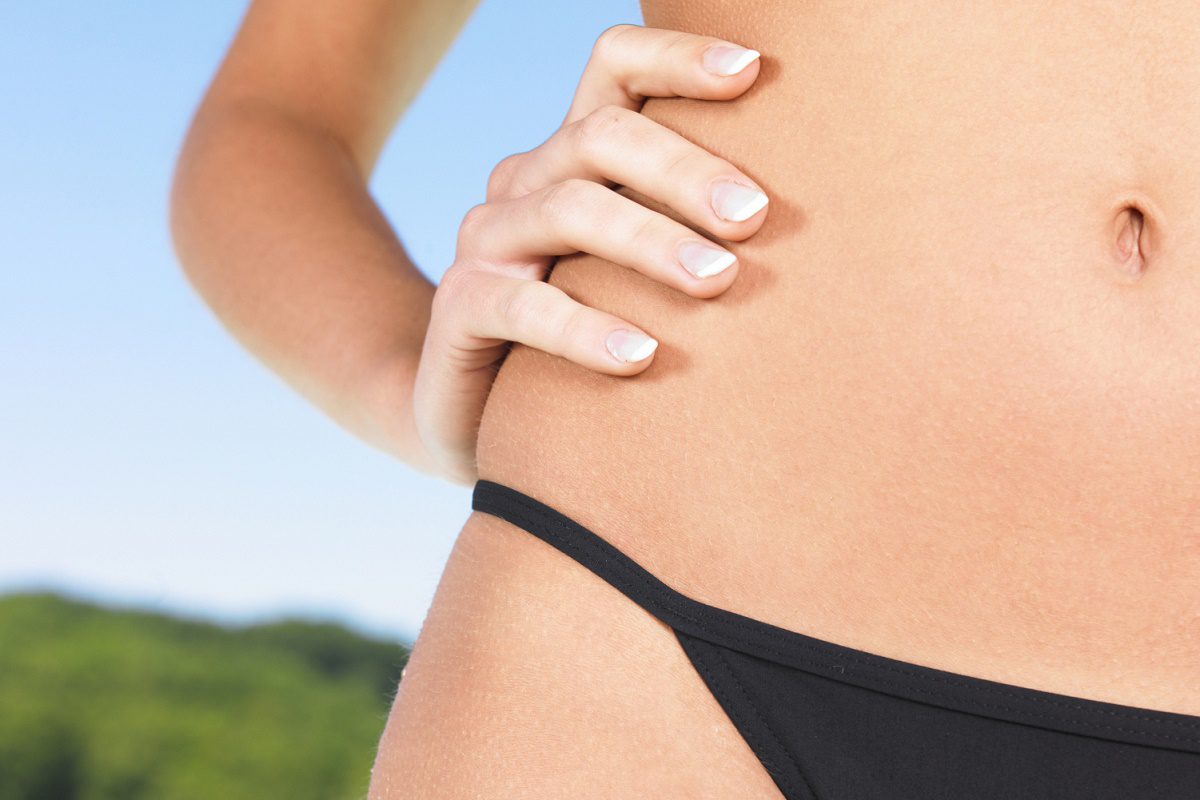 When you make the decision to have a tummy tuck, chances are you are thinking about removing excess fat and sagging skin. Your goal is to achieve a flat, bikini-ready tummy and the body contours you have worked for. But what about your belly button? It is, after all, the most eye-catching and centrally located feature of your tummy!
When you make the decision to have a tummy tuck, chances are you are thinking about removing excess fat and sagging skin. Your goal is to achieve a flat, bikini-ready tummy and the body contours you have worked for. But what about your belly button? It is, after all, the most eye-catching and centrally located feature of your tummy!
A bad looking belly button can be a dead giveaway that you have had a tummy tuck. The good news is a skilled surgeon considers your belly button when planning your procedure, making the perfect belly button the ultimate finishing touch to your body contouring procedure.
What is a Tummy Tuck?
Many people strive for a flat tummy, focusing on a healthy diet and regular exercise. Unfortunately, that isn’t always enough. Age, pregnancy, and significant weight loss can make achieving a flat tummy near impossible, no matter how healthy your diet is and how many crunches you do a day.
A tummy tuck, also known as abdominoplasty, is a procedure that addresses excess fat and skin, as well as muscle weakness, in the abdominal area. During a tummy tuck procedure, the surgeon removes excess skin and fat, while also restoring weakened and separated muscles, giving you a smoother and firmer abdominal profile.
What Happens to Your Belly Button?
During tummy tuck surgery, an incision is made along the base of the pubic bone. This allows the surgeon to address underlying muscles, as well as remove excess skin and fat, and then pull the remaining skin down tight before suturing the incision closed. But what happens to your belly button? Wouldn’t this mean your belly button would drop down lower, into an unnatural position and look weird? The answer is yes!
During a tummy tuck, your belly button remains connected, but is repositioned in order to appear natural.To allow for a natural belly button appearance after a tummy tuck, the surgeon makes a small incision around the belly button to release it from the surrounding skin. It remains attached to the underlying muscles and is repositioned after the abdominal skin is pulled tight and into place. This allows the surgeon to place the belly button in a natural location. The good news is, the unusual shape of a belly button allows the surgeon to hide the incisions in the folds, making it look like your belly button never moved at all.
Post-Surgical Belly Button Care
After your tummy tuck procedure, your surgeon will give you recovery instructions that will include wearing a compression garment to help support your abdominal area as it heals, as well as support the belly button during healing. Because your belly button has an incision, you will receive care instructions on how to keep the incision clean to avoid any infection.
It is normal for your belly button to look swollen and even crusty after surgery, but this should resolve within a few days. If you experience discharge from your belly button, it begins to protrude or you feel something hard in the area, talk to your surgeon immediately as these could be signs of an infection.
You want to be bikini-ready after your tummy tuck and, for many, that means having a beautiful belly button. Following your surgeon’s post-surgical instructions is essential for this.
While the internet may say a marble is necessary to achieve the perfect belly button (and is often recommended), do not place anything into your belly button during recovery unless your surgeon advises it! This can increase your risk of infection and the way your belly button heals. Follow the advice of your surgeon and you can look forward to a slim tummy and a beautiful belly button just in time for bikini season!
Related Posts
- Tummy Tucks: Not Just for Women
- Benefits of a Drain-Free Tummy Tuck
- 3 Ways to Reclaim Your Curves after Pregnancy



